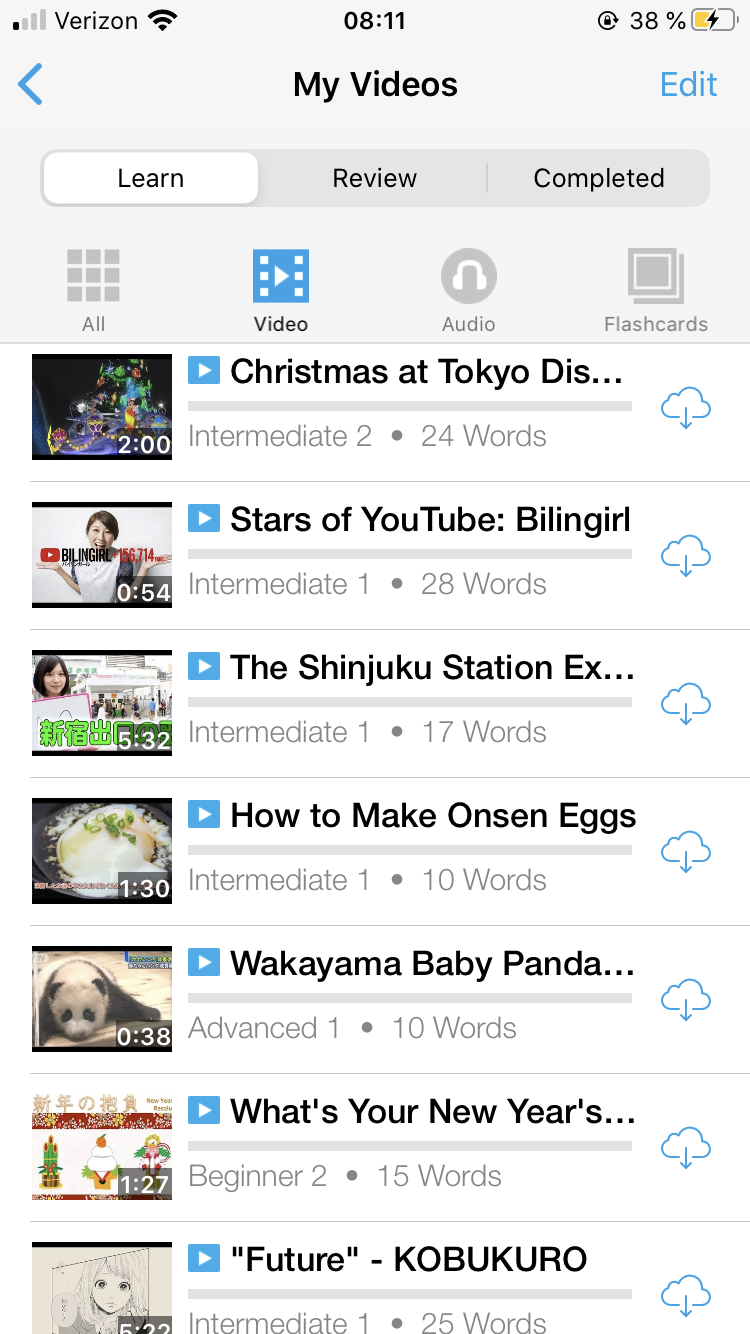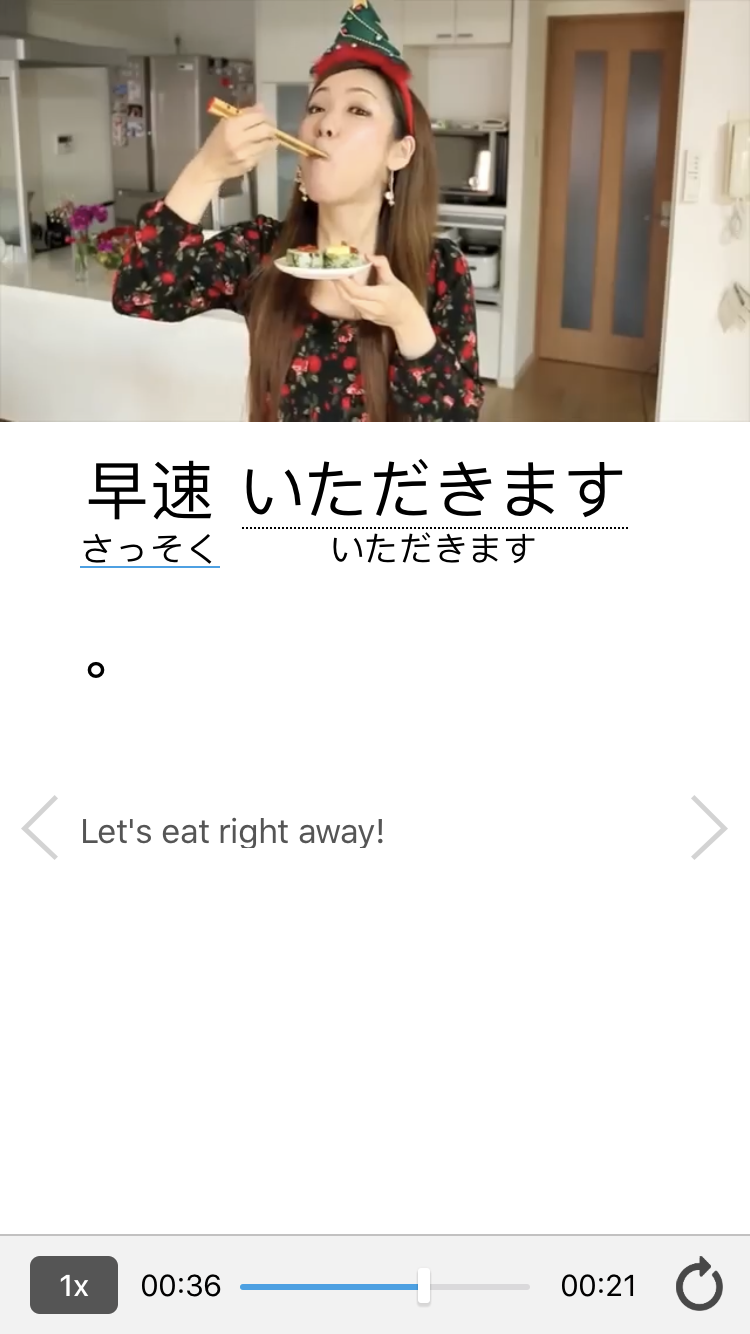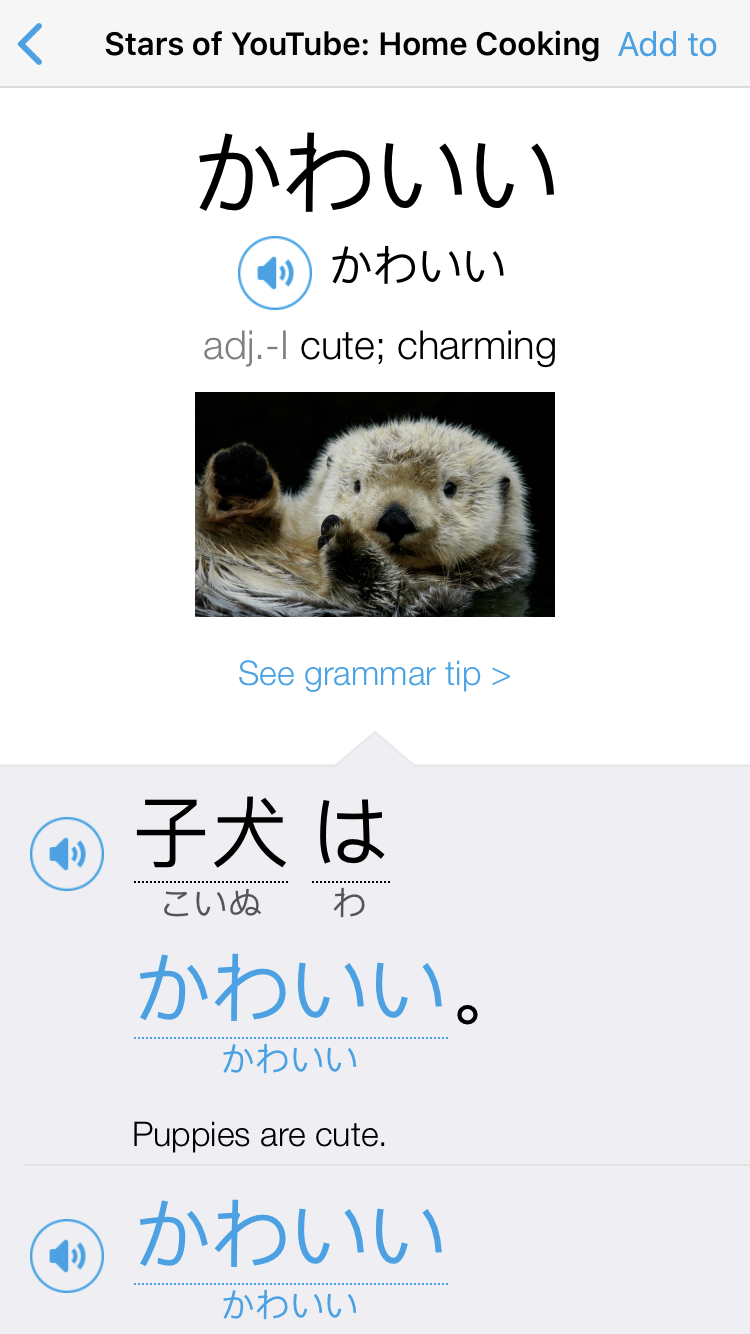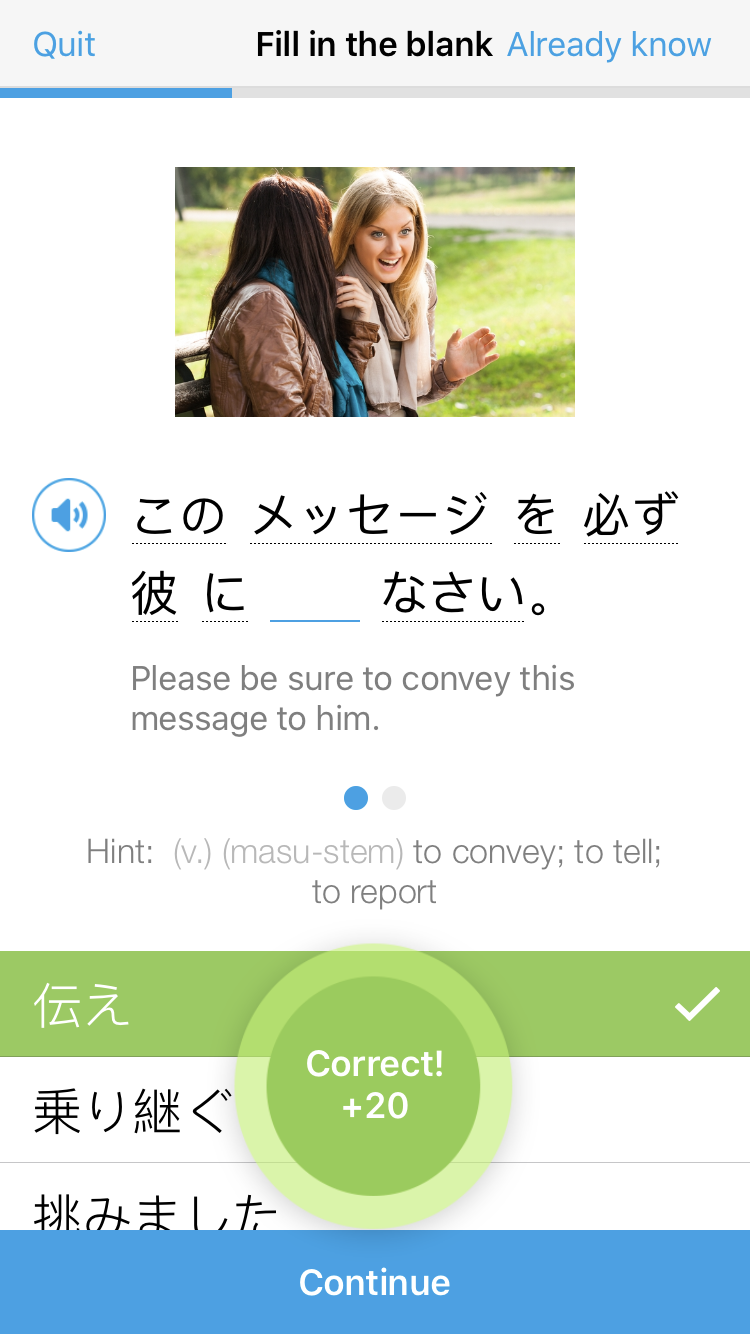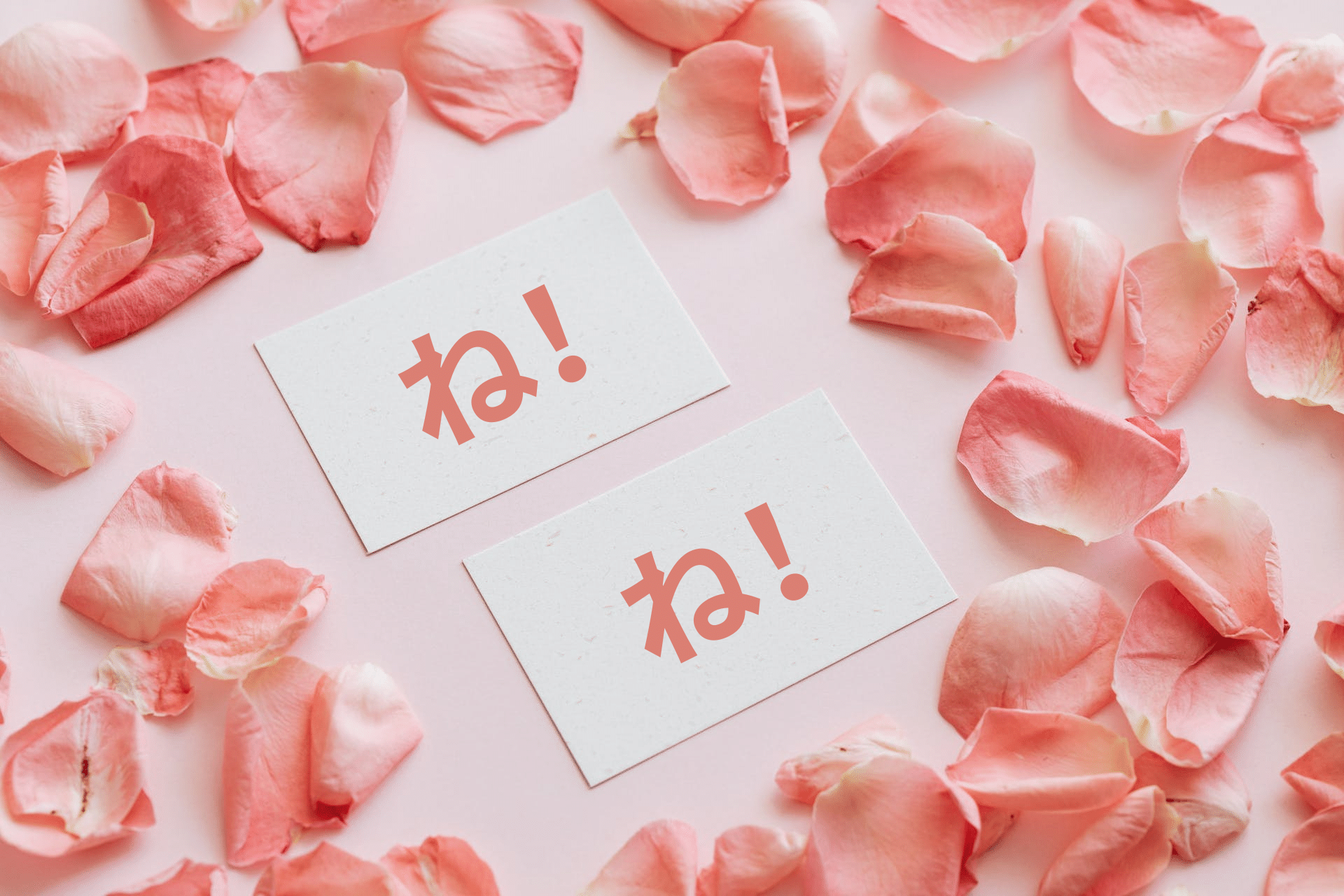
[ad_1]
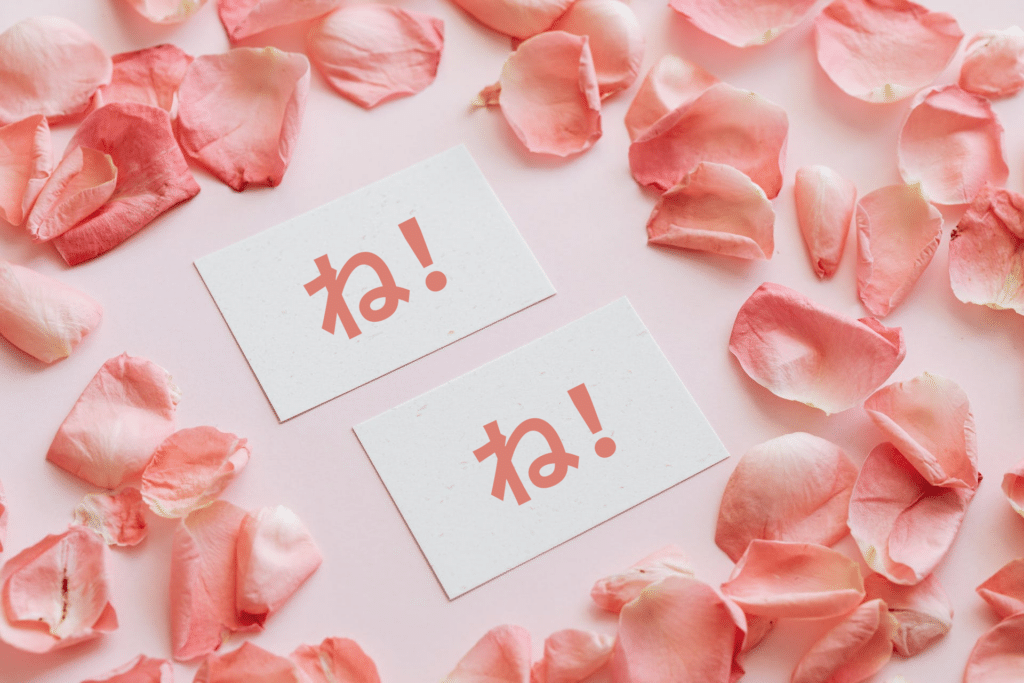
ねー ねー ねー , so that you’ve, like, heard of the Japanese particle ね , proper?
This little particle peppers Japanese dialog, and utilizing it correctly can carry you a lot nearer to native-level fluency in Japanese.
Whereas different Japanese particles like よ or か are fairly easy and have particular meanings, ね isn’t fairly as easy. It’s used all over the place and anyplace and has numerous completely different makes use of and meanings.
So, let’s get into it, ね?
Contents
Obtain: This weblog publish is accessible as a handy and moveable PDF that you simply
can take anyplace. Click on right here to get a duplicate. (Obtain)
What Is the ね Particle?
ね is a typical particle of speech utilized in Japanese, normally in a informal context. Though ね has numerous completely different meanings, its most simple translations are “Proper?” or “Isn’t it?” It’s most frequently discovered on the finish of a sentence or clause and is used to ask for affirmation from the listener.
For instance, let’s take a look at the sentence:
今日は暑いですね。 (きょうはあついですね。) — It’s scorching immediately, isn’t it?
With out the ね particle, this sentence could be a easy assertion that it’s a scorching day:
今日は暑いです。 (きょうはあついです。) — It’s scorching immediately.
Including ね to the tip of the above sentence implies that the speaker is searching for affirmation from the listener. The listener, then, would most likely reply with one thing like:
そうですね。 (It’s, isn’t it?)
Right here, the listener is politely confirming the unique speaker’s remark. The dialog as an entire would go:
A: 今日は暑いですね。
B: そうですね。
It’s vital to notice that, whereas these two sentences are technically questions, the speaker is simply asking for affirmation from the listener and is, for essentially the most half, positive that what they simply mentioned is true.
That makes the particle ね utterly completely different from the query particle か. Relying on which one is used, the which means of the sentence can change utterly. Examine:
今日は暑いですか? (きょうはあついですか?) — Is it scorching out immediately?
今日は暑いですね。 (きょうはあついですね。) — It’s scorching immediately, isn’t it?
The primary sentence is a direct query, whereas the second just isn’t.
Let’s use yet one more instance:
いい天気ですね。 (いいてんきですね。) — Good climate we’re having. / The climate is sweet, isn’t it?
Each 今日は暑いですね and いい天気ですね could be considered the Japanese equal of small discuss. They’re well mannered methods to begin a dialog and are good examples of how ね is mostly utilized in every day life.
After all, the ne in Japanese isn’t only for small discuss. It has loads of different useful makes use of, too!
Makes use of of the Japanese Particle ね
ね as a Speech Softener
In Japan, individuals usually to favor to keep away from direct confrontation, which is mirrored of their language. An ambiguous reply is taken into account extra well mannered than a direct “No.”
Thus, when a rejection or damaging assertion appears mandatory, ね is extraordinarily helpful. It may be used as a well mannered method to decline a proposal or keep away from instantly answering a query.
Let’s take a look at an instance:
A: 宿題やりましたか? (しゅくだいやりましたか?) — Did you do your homework?
B: ちょっとね。。。 — A bit, however… / Um, yeah, however…
Replying with ちょっと alone would actually imply that B did a bit of of their homework. Nevertheless, the particle ね on the finish of that assertion provides a way of vagueness or softness. This indirectness implies that Individual B is answering Individual A’s query within the damaging.
Once more, direct refusal is taken into account a no-no in well mannered Japanese dialog. Replying with a simple “no” ( いいえ ) might come off as impudent or missing in regret.
When ね is used as a sentence softener, it’s most frequently used on the finish of an incomplete or fragmented assertion.
ね as a Greeting or Interjection
Teenage ladies in Japan love to make use of the phrase ね earlier than spilling an fascinating piece of gossip. You’ll usually right here conversations like this:
A: ねー、ねー、ねー、聞いた? (ねー、ねー、ねー、きいた?) — Hey! Hey! Hey! Did you hear?
B: 何?何? (なに?なに?)— What? What?
A: 木村先生が山田先生に告白したんだって! (きむらせんせいが やまだせんせいに こくはくしたんだって!) — I heard Mr. Kimura confessed to Miss Yamada!
B: 嘘ー!ねー、ちなみに、明日休みだよね? (うそ―!ねー、ちなみに、あしたやすみだよね?) — No approach! Hey, by the way in which, tomorrow we have now the time without work, proper?
In ねー、ねー、ねー、 聞いた?, ね is used as an exclamation to get somebody’s consideration and is claimed repeatedly for good measure.
(Aspect be aware: The だって in 木村先生が山田先生に告白したんだって! is a slang time period used on the finish of a sentence to indicate that you simply heard one thing from somebody. It’s a shortened type of ... だと聞いた (だときいた) or ... だそうです , each of which imply “I heard that…”)
When Lady B responds with ねー、ちなみに、明日休みだよね?to the juicy gossip, she makes use of ね to alter the topic and preserve the opposite lady’s consideration. She additionally makes use of the ね particle on the finish of the clause to imply “Proper?” or “Isn’t it?” and acquire affirmation from Lady A.
Though ね is regularly used as an interjection or exclamation, it’s most frequently used on this method by ladies relatively than males. Males needs to be cautious to not abuse the usage of ね to keep away from sounding overly female. You’ll be able to learn extra about the usage of gender within the Japanese language right here.
ね because the Japanese Equal of the Valley Lady Slang “Like”
Whereas most individuals solely use ね sparingly to keep away from sounding infantile or immature, there are additionally others that may’t stay with out it and use it all over the place—to the purpose that it’s develop into the Japanese equal of the California valley lady’s “like.”
Sometimes, you’ll hear highschool ladies in Japan that discuss like:
あのねー、昨日ねー、アタシねー (あのねー、きのうねー、あたしねー) — “So, like, yesterday I used to be, like…”
On this case, the particle ね actually doesn’t have any specific which means. It’s simply used out of behavior to interrupt up elements of speech. Utilizing ね on this method isn’t fairly grammatically right, and there are numerous individuals who discover this type of use annoying.
あのねー (Uhm / Excuse Me)
Above, you’ve most likely seen that the lady used あのねー as an interjection. The truth is, it’s fairly frequent in Japan, and is most frequently utilized by ladies.
あーね (Oh, Yeah / Actually? / You Don’t Say?)
This is without doubt one of the newer methods the ne in Japanese is used. Relying in your tone of voice, you need to use it to imply “Oh, yeah”, “Actually?”, “You don’t say!” and so forth.
It’s a shortened model of ああ、なるほどね (Ah, I see.).
かもね (In all probability)
An off-the-cuff time period originating from そうかもしれませんね , かもね could be translated as “That’s most likely the case” or “In all probability.”
だろうね (I’ll guess / I’m positive)
That is used equally to かもね, however with completely different implications. It means one thing alongside the strains of “I’ll guess (it’s)” or “I’m positive (it’s).”
After all, there are numerous different methods to make use of ね moreover these.
It’s vital to do not forget that most of the meanings of ね are implied and fluctuate relying on the scenario. The ね particle is one facet of the Japanese language that requires some stage of cultural consciousness to grasp. Fortunately, as with something, the extra you utilize it, the extra you’ll come to grasp its many meanings.
Transferring ahead together with your Japanese language studying, attempt listening to native Japanese audio system after they discuss, and be aware of the place and the way they use ね. Hear intently to the characters talking in your favourite anime and dramas. Use a program like FluentU to see the particle and plenty of different facets of the Japanese language in motion.
Earlier than you already know it, you’ll be throwing out ね with the very best of them!
Obtain: This weblog publish is accessible as a handy and moveable PDF that you simply
can take anyplace. Click on right here to get a duplicate. (Obtain)
And One Extra Factor…
For those who love studying Japanese with genuine supplies, then I also needs to inform you extra about FluentU.
FluentU naturally and step by step eases you into studying Japanese language and tradition. You may study actual Japanese because it’s spoken in actual life.
FluentU has a broad vary of latest movies as you may see beneath:
FluentU makes these native Japanese movies approachable by way of interactive transcripts. Faucet on any phrase to look it up immediately.
All definitions have a number of examples, and so they’re written for Japanese learners such as you. Faucet so as to add phrases you’d wish to evaluate to a vocab checklist.
And FluentU has a study mode which turns each video right into a language studying lesson. You’ll be able to at all times swipe left or proper to see extra examples.
The most effective half? FluentU retains monitor of your vocabulary, and provides you further observe with tough phrases. It will even remind you when it’s time to evaluate what you’ve discovered. You may have a 100% personalised expertise.
Begin utilizing the FluentU web site in your laptop or pill or, higher but, obtain the FluentU app from the iTunes or Google Play retailer. Click on right here to benefit from our present sale! (Expires on the finish of this month.)
[ad_2]
